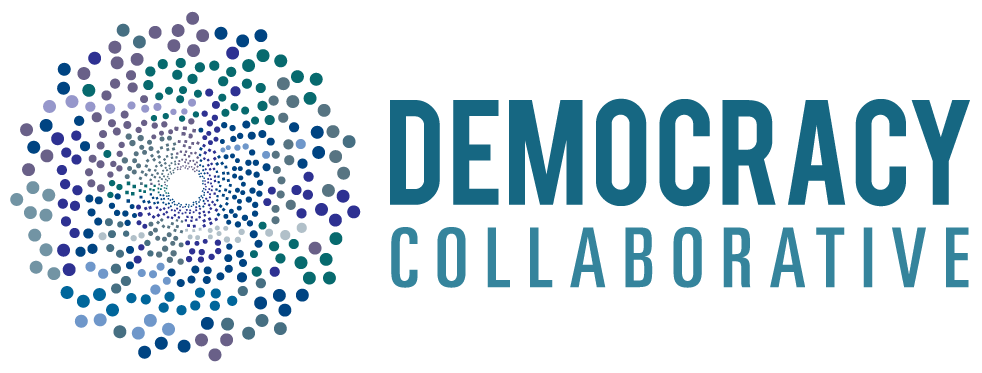A brief history of community wealth building
Community wealth building (CWB) has a rich history, inspired by global movements to address economic inequalities – from the modern cooperative endeavors of Ujamaa in Tanzania and the Mondragon Cooperatives in the Basque Coast of Spain, through European welfarism and socialism to the laboratories of democracy in the US that bubbled up during the New Deal to become our social security system.
More recently, in the US, CWB connects back to economic justice activities of the Civil Rights era and the following War on Poverty. In 1967, Dr. Martin Luther King, Jr. famously noted: “When…profit motives and property rights are considered more important than people the giant triplets of racism, economic exploitation and militarism are incapable of being conquered.” King observed that racial integration by itself would not be enough; without change to the economic system itself, he would simply be “integrating my people into a burning house.” He saw that to achieve true equality, every person needed to control their own economic future – and have a meaningful stake in the wealth we collectively create.
In the years that followed, movements for collective ownership and a more democratic economy grew at a local and national level. Activists including Gar Alperovitz, the future co-founder of TDC, pushed for federal legislation through the Community Self-Determination Act (CSDA) – urging Congress to authorize community-controlled organizations that would supplement social services. Game-changing ideas like Community Land Trusts (CLTs), community development banks, and worker-owned businesses organically sprung to life in communities ranging from Georgia and Ohio to the Pacific Northwest.
These individual, one-off successes were never amplified and replicated at scale. Despite the abiding need, through the 1970s to the 1990s, the American political establishment lacked the will and desire to deliver the radical jolt to the system. Liberal politicians and organizations largely remained committed to orthodox economic thinking, and the conventional social democratic framework ultimately gave way to neoliberalism – a globalized, deregulated system designed to maximize profit and shareholder dividend. This increase in corporate influence has stymied and undermined efforts to democratize our economy ever since.
To read a more in depth history of CWB and its theory of change, read this white paper.
To read more on CWB, check out the links below:

